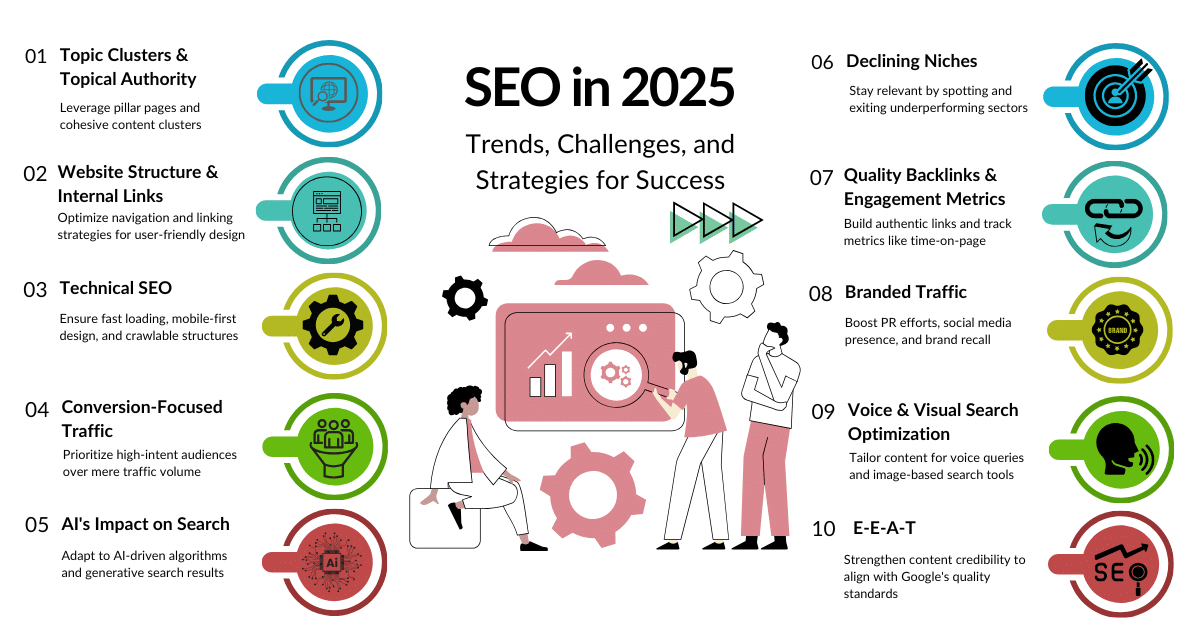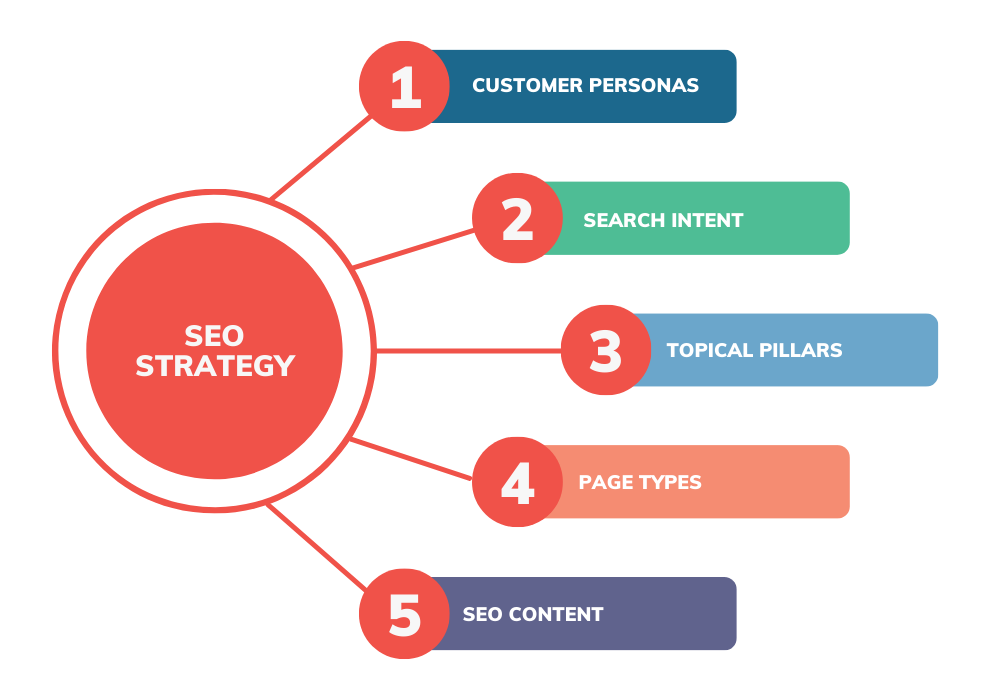What’s the Backlink?
A backlink is a link from another website to yours. Simply put, if one site refers to another site, that’s a backlink. Google calls it a “vote of confidence.”
The Birth of Backlinks (1998 – PageRank)
The PageRank algorithm was developed by Google founders Larry Page and Sergey Brin in 1996-98.
- Basic Principle: The more quality sites are referring to your site, the more important your site is.
- This is where the concept of backlinks in SEO begins.
How Does the Backlink Work?
- A link comes to your site from another website.
- Google sees: It’s valuable because others are sharing.
- This increases the authority and trust of the site.
- As a result, ranking improves in search results.
The Types of Backlinks
DoFollow
- Pass the Authority → The most effective in SEO.
NoFollow
- Traffic passes, not the authority.
- Useful for brand visibility.
Contextual
- Contextual links within content are the most powerful.
Guest Post
- Create a link to your blog on another site.
Directory / Profile
- You can include profiles, business directories, and links to forums.
Social Backlinks
What Kind of Backlinks Work Best?
- Links from relevant sites
- High Authority Website (DA 60+)
- Contextual / Editorial link
- Links from unique domains
- Naturally acquired links (not purchased)
How to Prove That Backlinks Are Working?
- Ranking Improvement: The target keyword is going up.
- Referral Traffic: Analytics shows that visitors are coming from other sites.
- DA / DR increases: Check in Ahrefs, Moz, and Semrush.
- Fast Indexing: New posts are indexed quickly.
How to Create a Backlink Report Sheet
Source SiteDA / DRTypeAnchor TextTarget URLStatusDateNoteexample.com 78 DoFollow Best SEO Tipsmysite.com/blog/seoLive12-08-25 Guest Postforum.com 55NoFollowHomepagemysite.com Pending 14-08-25 Profile Link
Case Studies
Case 1: Spam Backlinks
An e-commerce site bought 500 spammy backlinks. Despite an initial increase in traffic, the Google Penguin update penalized the site, leading to a drastic drop in rank.
Case 2: High-Quality Backlinks
One blog created only 20 guest posts and contextual backlinks. Within 3 months, the site was on the first page of Google.
What Tools Can Be Used to Check Backlinks?
- Ahrefs → Backlink profile, DR, Referring Domain
- SEMrush → Toxic backlink check
- Moz → Domain Authority check
- Google Search Console → The list of links that Google is looking for
FAQ
Q: What Is the Most Important Factor in SEO?
A: Yes, still the backlink is one of the top 3 signals in the Google ranking.
Q: Are free backlinks harmful?
A: There is no harm if it is free, but there is harm in SEO if it is spam or irrelevant.
Q: How many backlinks do you have on Google?
A: Quality is more important than quantity. 10 authority links are better than 100 spammy links.
Q: What Is the Difference Between Backlinks and Internal Links?
A: Backlinks come from other sites; internal links are from one page to another page within your site.
The Future (2026)
- AI Content + Natural Backlink → Google will understand whether the link came naturally or not.
- Relevance + Trust → Not only the authority, but also the relevance and fidelity will be measured.
- Social signals (Twitter and LinkedIn mentions) can be an indirect ranking factor.
- Brand Mentions Without Link → Even if only the name is mentioned, Google can consider it as an “implicit backlink.”
Conclusion
Backlinks have been the backbone of SEO since its birth in 1998 until today, 2025.
- At first, the numbers were the big factor.
- The importance of value and relevance increased after the 2012 Penguin update.
- In 2025, Google is giving the most importance to relevance, authority, and trust.
In a nutshell: Content + Backlinks is the key to SEO success.
Source
- Google Search Central (SEO Starter Guide)
- The SEO Learning Center
- Ahrefs Blog on Backlinks
- The SEMrush Academy




